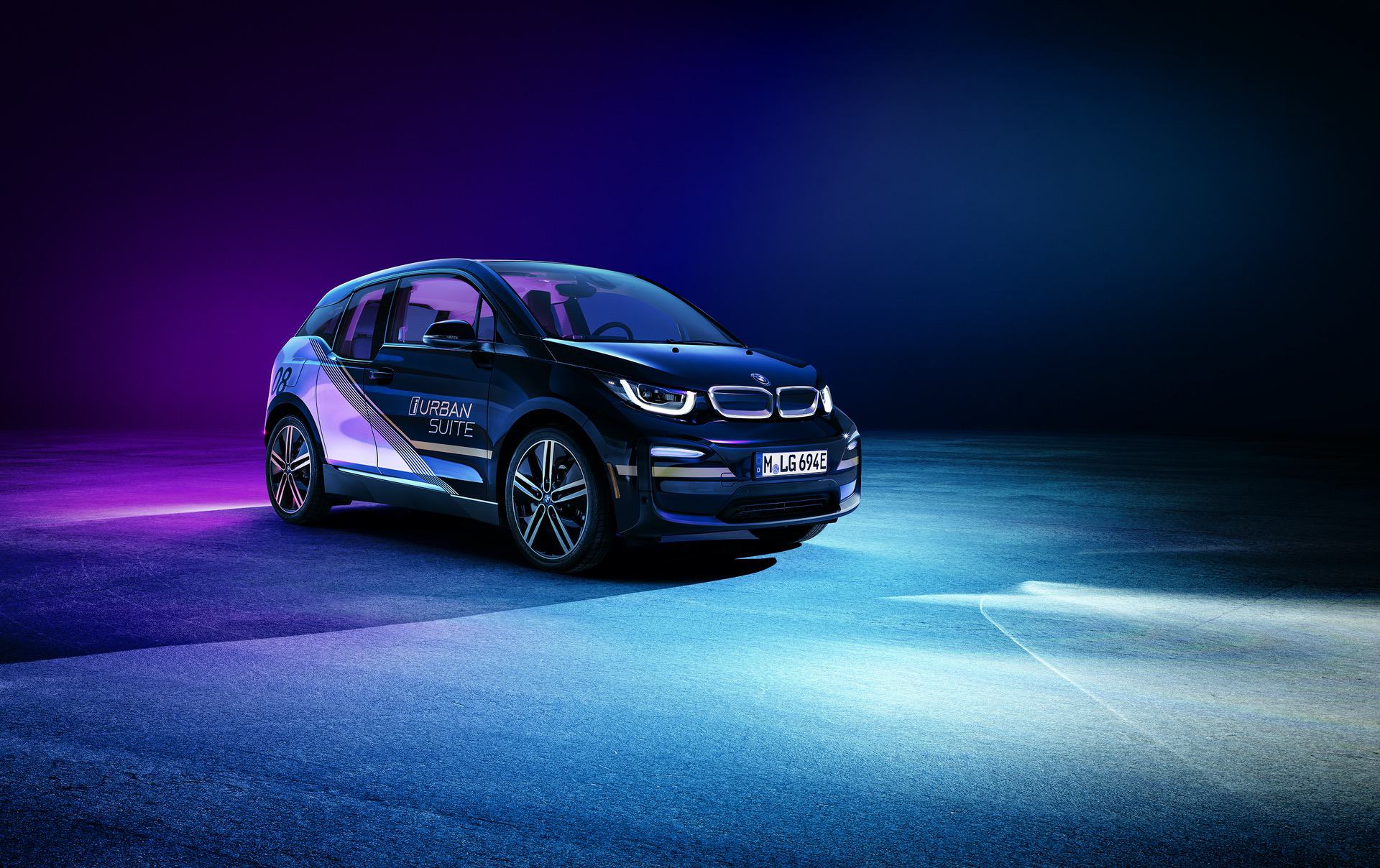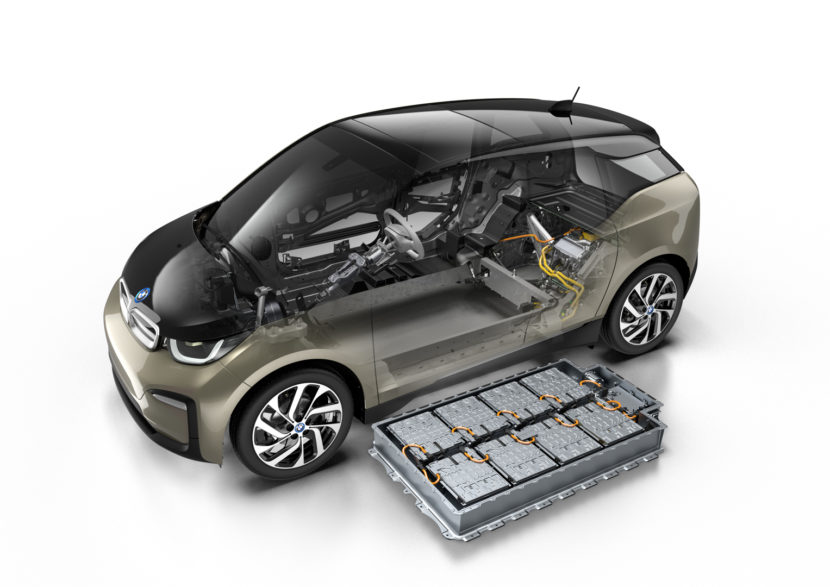The electric vehicles market is on the rise with more and more customers being interested in buying an electric car. And the sales numbers are showing it. While it does seem like the uptake is building up extremely slowly, sales are definitely increasing and BMW will have to adapt at some point. The German company has repeatedly said they plan to offer customers a wide choice to pick from and that they will use their flexible architecture to the max, to make sure they deliver what the customers want.
This week, that was highlighted once again by an official. Speaking to the press at a conference, BMW Australia boss, Vikram Pawah said: “We are absolutely committed to the power of choice now and well into the future, allowing customers to choose either a combustion engine, plug-in hybrid, or fully electric vehicle. We are not choosing one technology over the other because we agree the customer would like all the powertrain options available. We are going to offer customers the power of choice to choose the powertrain that they want. We are technology based mobility providers.”
That statement falls in line with what the CEO of the company has been repeating time after time in the last few years. BMW will use its flexible architectures to provide customers with the perfect choice, tailored to their needs.
Furthermore, this allows BMW to save money that would otherwise be spent on developing a bespoke platform for electric vehicles alone. Over the next three years BMW pledged to launch 25 electrified cars, 12 of them being purely electric models.
TEST DRIVE: 2020 MINI Cooper SE – Fun, Stylish and Affordable
This approach also allows BMW to be flexible and build three different types of cars on the same assembly lines. Therefore, no matter what kind of mix the customers prefer, they can adapt on the fly and deliver. This, combined with the research and development done in their centers focused on battery tech and electric motors should allow the Germans to keep a competitive edge in the segment.
BMW sees internal combustion engines still around in 30 years






































































